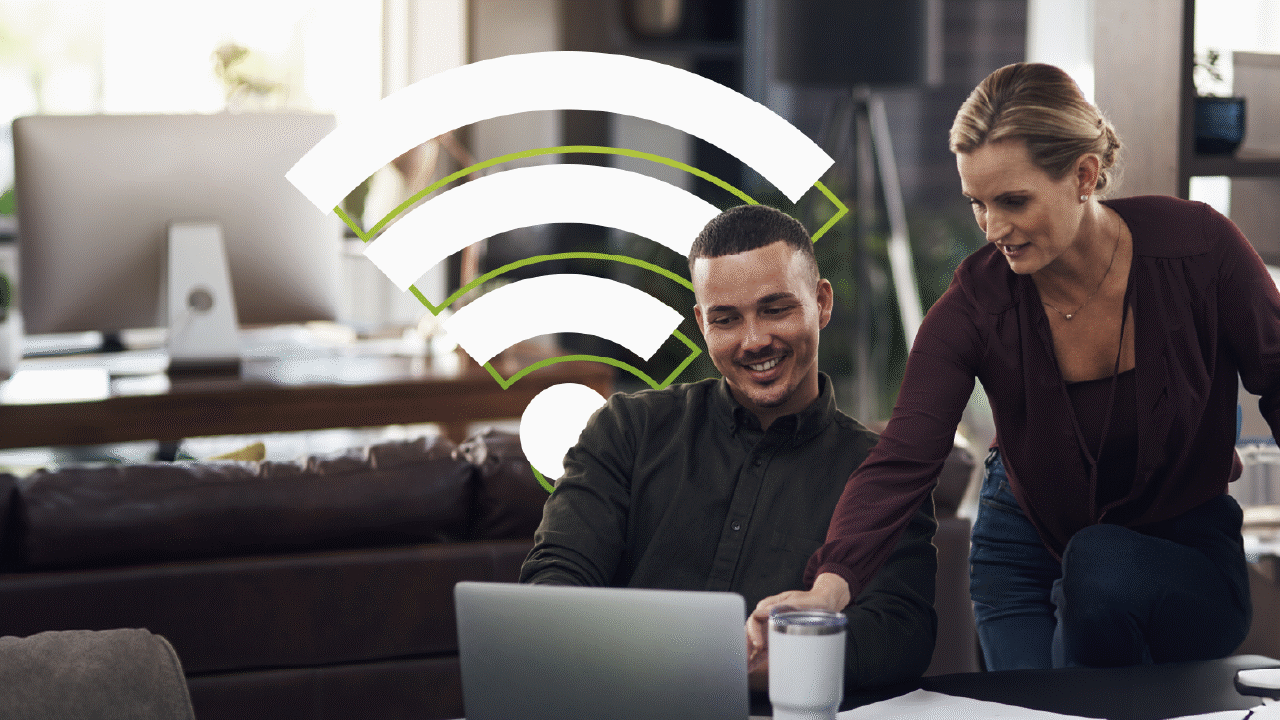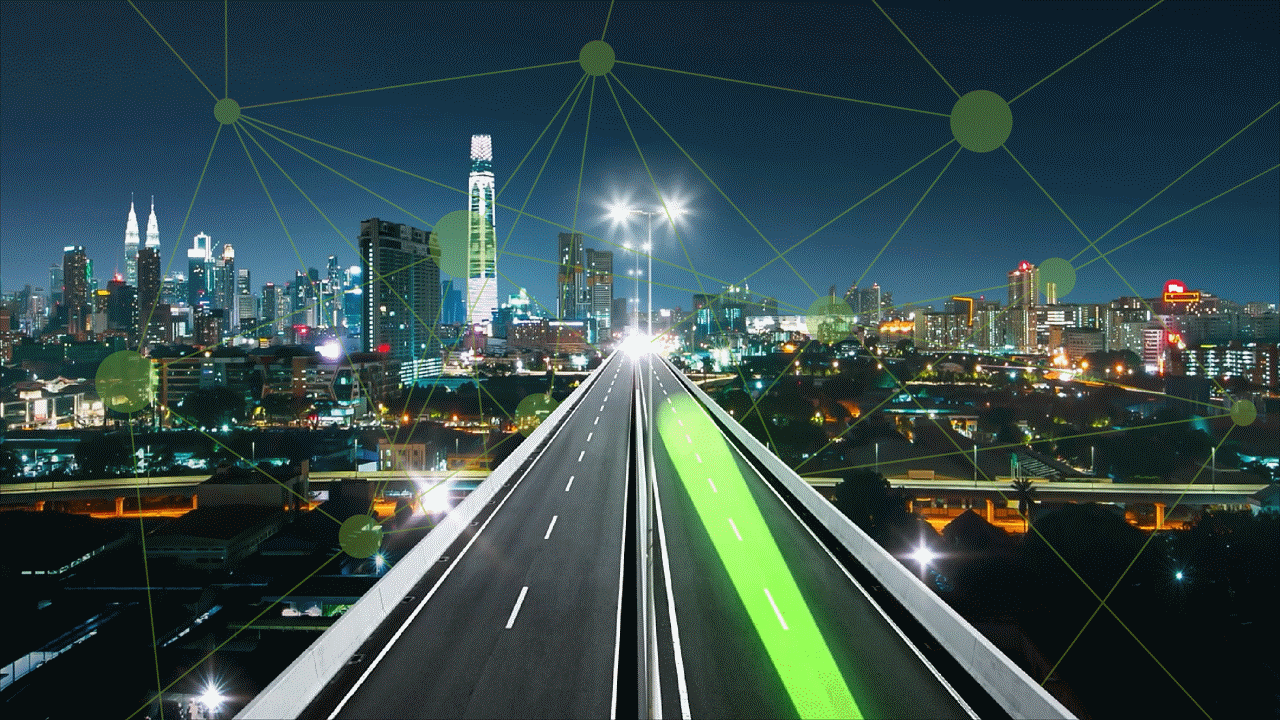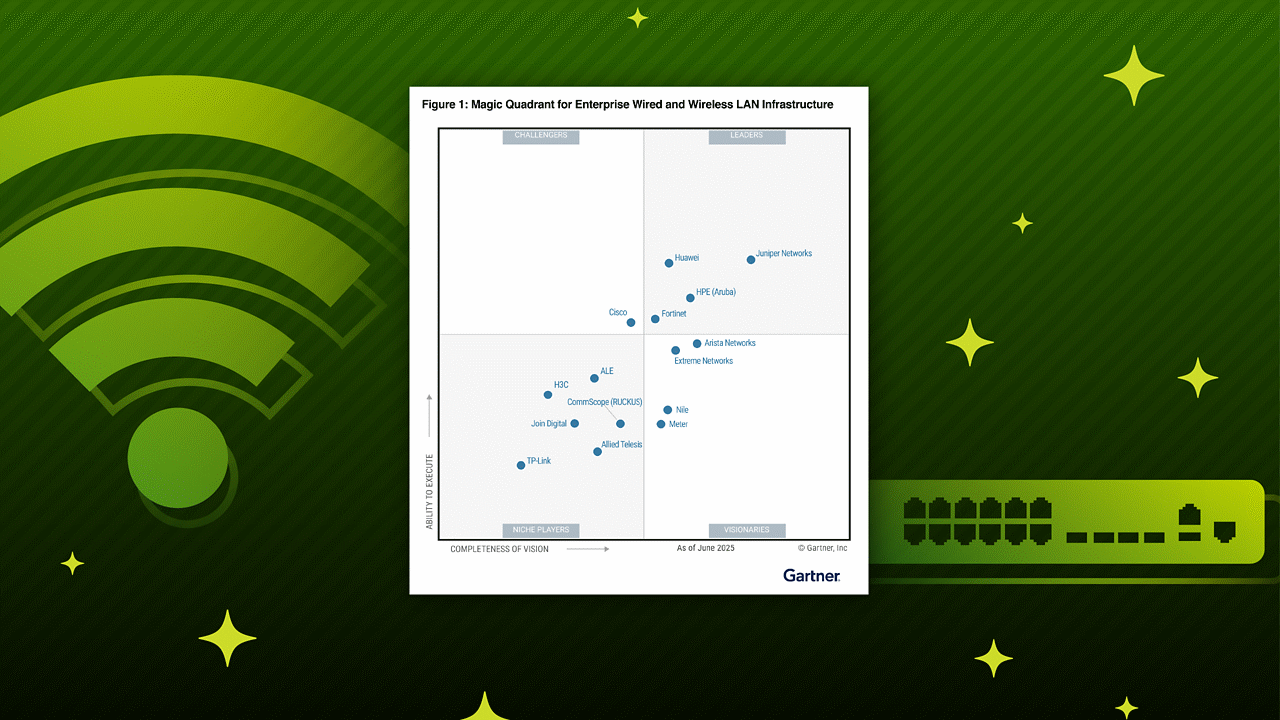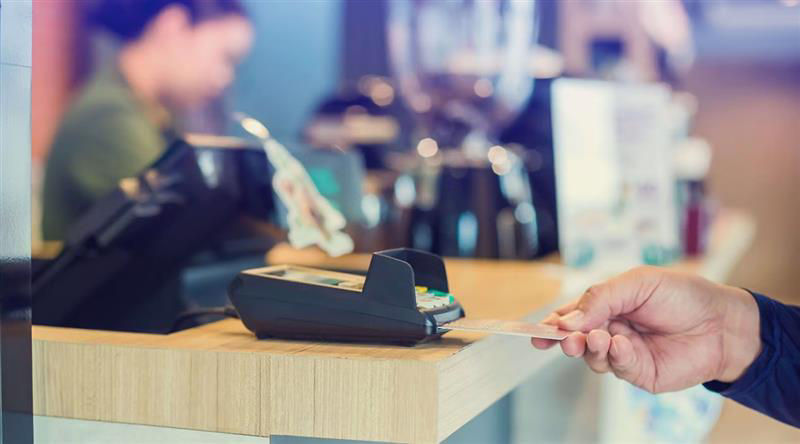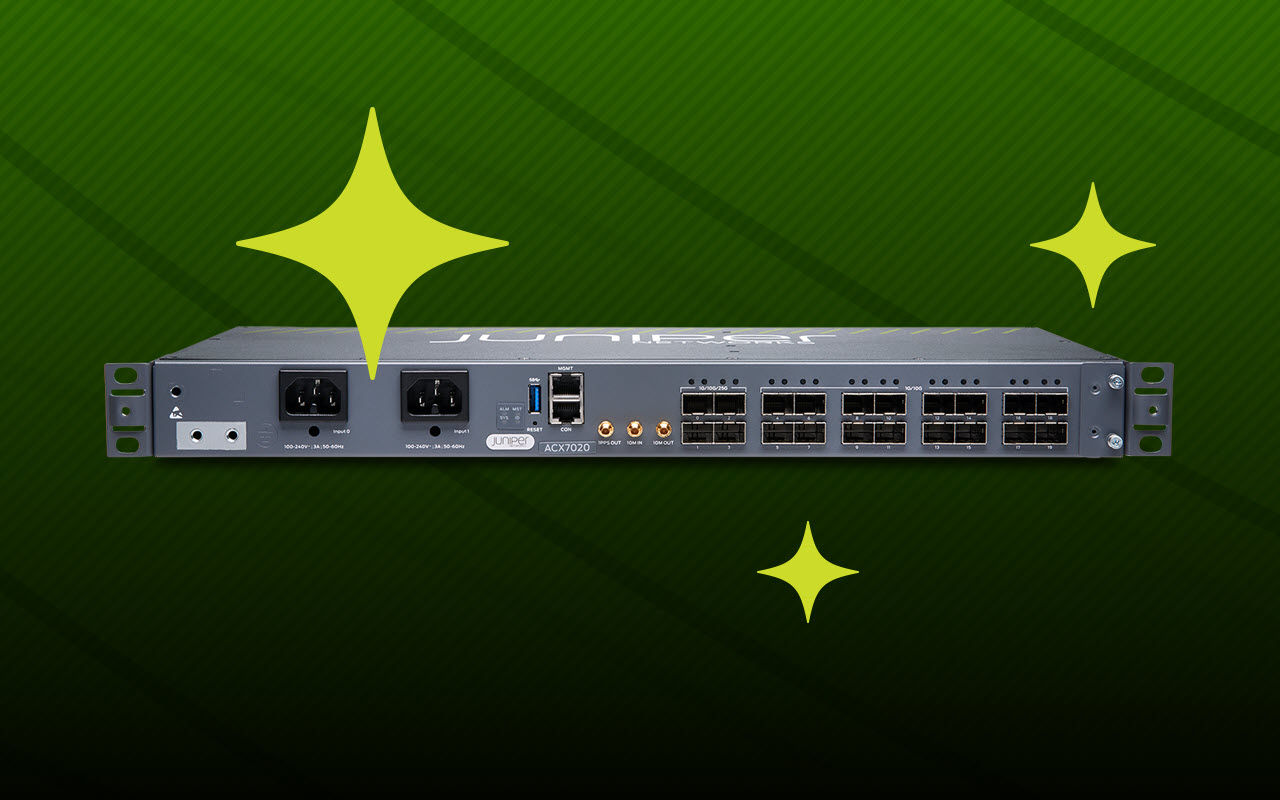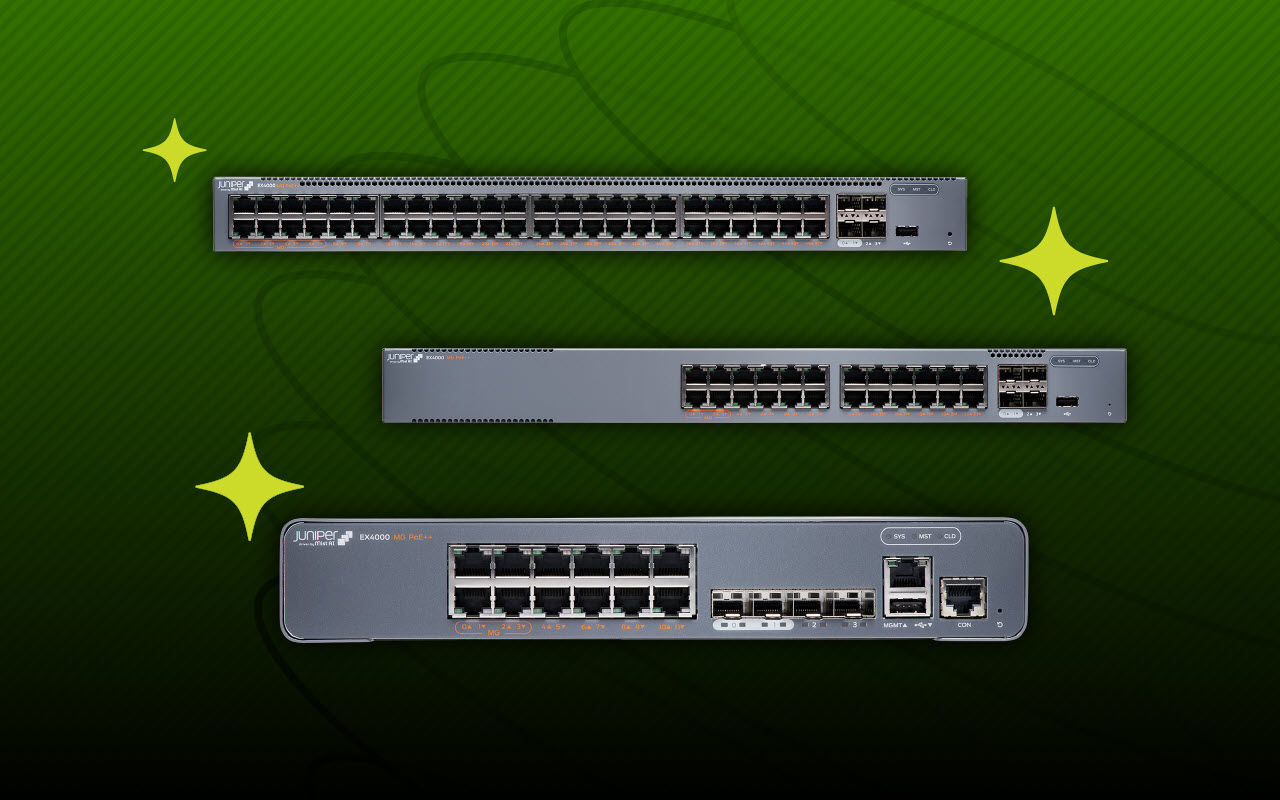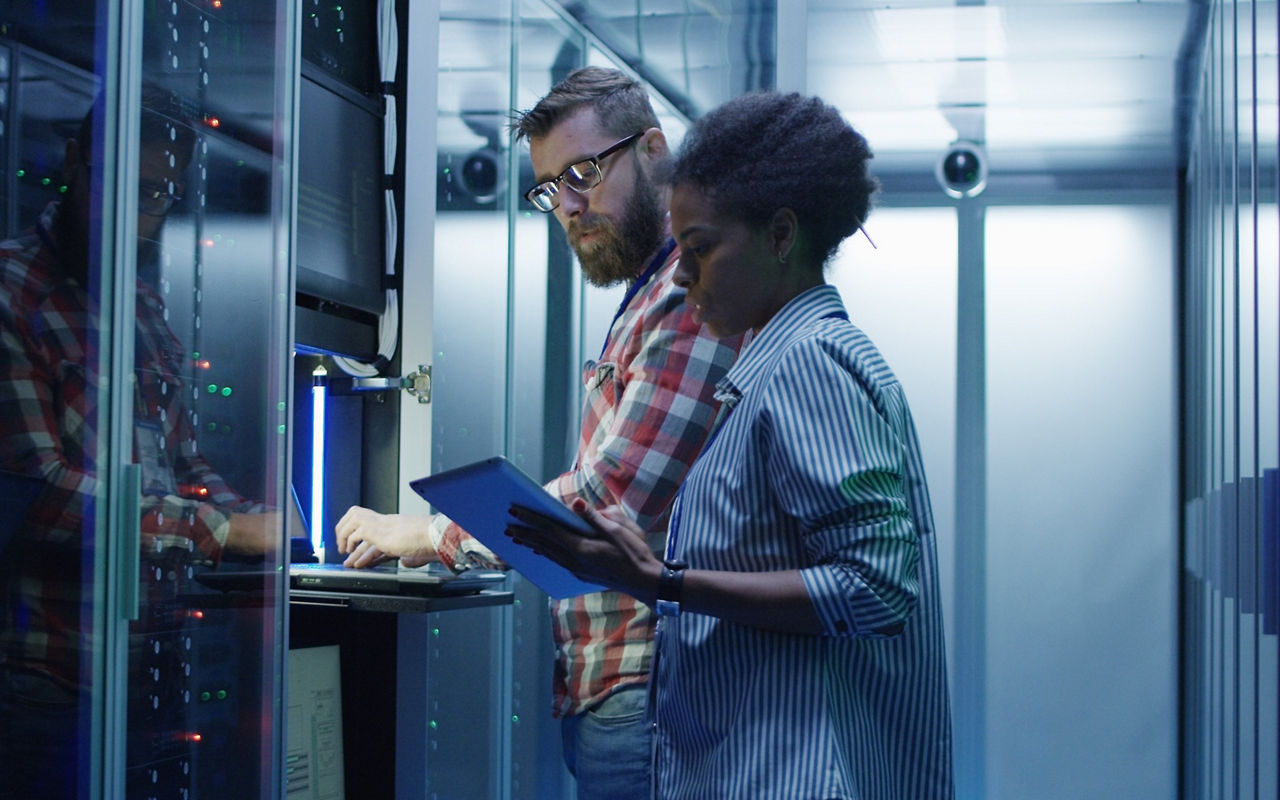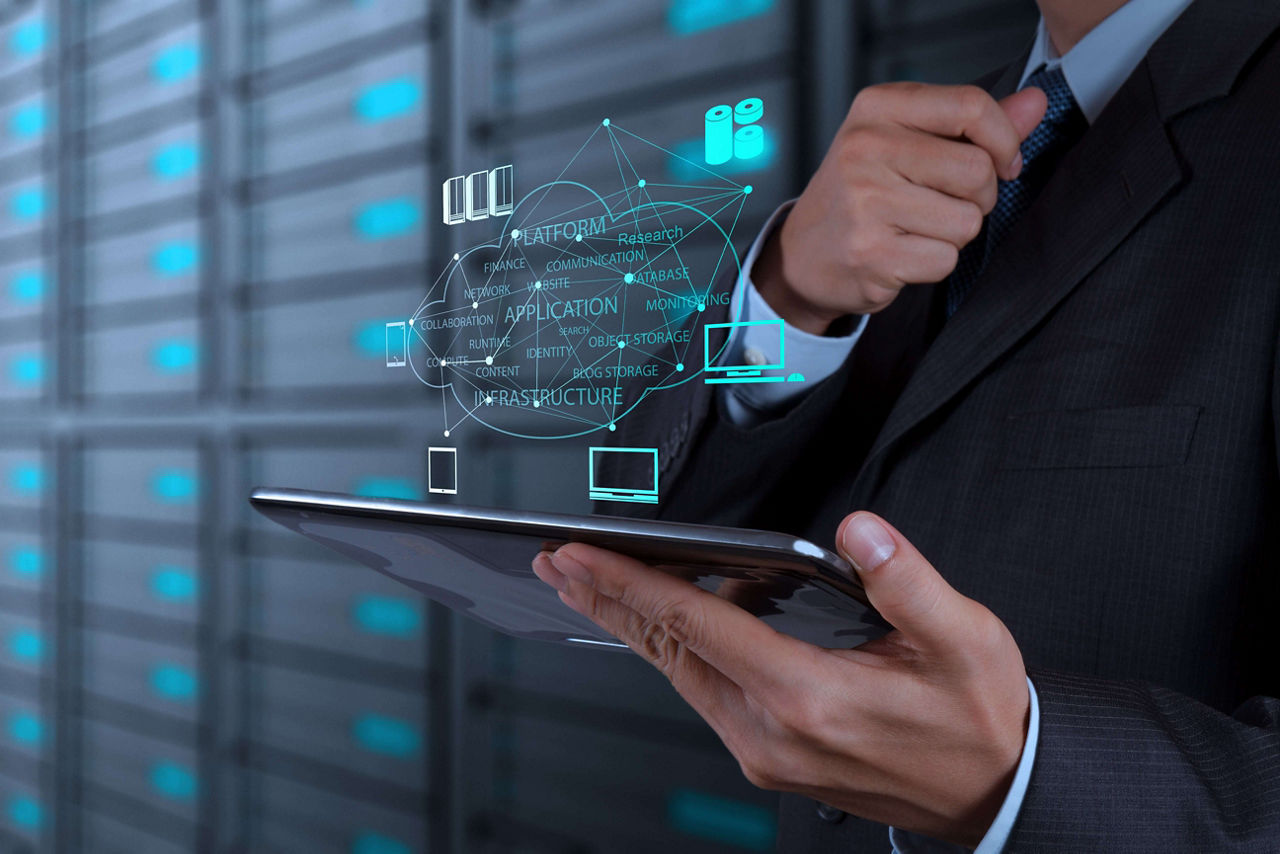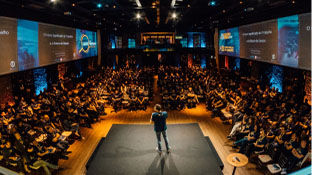Community at Home Response
Secure Wi-Fi sustains remote work and learning during COVID-19.
Communities Quickly Offer Enterprise-Grade Secure Connectivity to Sustain Remote Work and Learning During the Pandemic
The coronavirus pandemic has exposed some unsettling truths about equity in our world today.
One of those truths is the extent of the digital divide. From teeming city centers to tucked-away mountain towns to expansive farms, there are simply too many people who don’t have access to reliable Internet.
About half the US population didn’t use broadband Internet last year, according to Microsoft. In some areas, broadband Internet isn’t available and others don’t want it. Attention is often focused on rural areas, but the urban problem is greater by a factor of three, according to the Technology Policy Institute, which measures broadband usage.
Rapid Response Wi-Fi for their Communities
As the world pivoted to a mass experiment in working and learning from home, IT leaders everywhere took on the heroic task of providing the modern tools of work and school: laptops and secure connectivity. In areas where Internet access didn’t measure up, innovators took bold steps to bring community Wi-Fi to digital deserts.
University of Massachusetts at Amherst moved quickly to expand its outdoor Wi-Fi for community use. Amherst is a small college town in a picturesque rural setting. With Wi-Fi lighting up the university’s stadium parking lot, anyone in the community with a Wi-Fi-enabled device could get fast, secure Internet. People with poor quality or no Internet access at home were not left behind.
UMass Amherst set up community Wi-Fi with a to-go network kit from Juniper. The Juniper kit included everything needed to get a community Wi-Fi online fast, including outdoor wireless access points and secure WAN connectivity. Juniper’s AI-driven Mist Wireless LAN Platform makes it easy to deliver a great network experience, whether indoors or outdoors in parking lots, gardens, and sports fields. No special network skills are needed onsite to deploy, and everything can be remotely configured and the user experience monitored by the university’s IT team.
Around the same time, Dartmouth College pivoted 700 classes online.
“Dartmouth was not an online college,” says Mitch Davis, CIO of Dartmouth.
When 6,400 students, faculty, and staff suddenly scattered around the world, the IT team set everyone up with secure remote access to resume learning. Dartmouth had recently deployed an AI-driven Juniper network from the campus to the core network, and the IT team was able to move nimbly as the number of VPN users instantly tripled. The IT team sent Mist APs to faculty and administrators’ homes to extend the on-campus experience while also ensuring the highest levels of security.
Providers Meet Surging Demand
Across the country, Internet service providers helped address the challenge, expanding access and lifting data caps. Jackson Electric, a rural electric co-operative, saw the urgency on the Texas Gulf Coast.
“In the rural areas of Southeast Texas, people are used to commuting to work, but with the stay-at-home order due to coronavirus, they had to suddenly live and work at home,” says Bryton Herdes, Network Engineer at Jackson Electric.
“Residents called in, saying that they didn’t think they needed Internet before, but now their kids were studying from home and they were working from home,” Herdes says. “If they didn’t have reliable Internet, they would struggle.”
Jackson Electric operates a smart community network to deliver Internet services to residents, businesses, and schools in the area as well as its smart meters.
“Our Internet hookups increased 130 percent and Internet traffic went up 30 percent with everyone working and learning from home,” Herdes says. “Our Juniper network easily handled it.”

Bring the Enterprise Home
Many people will continue to work or learn from home as the world grapples with the virus. In a recent Gartner CFO survey, nearly a quarter of respondents said they will move at least 20 percent of their on-site employees to permanent remote positions.
“Before the pandemic, an IT team may have been responsible for 8,000 users and a handful of buildings. Now, IT is supporting 8,000 remote offices,” says Sudheer Matta, VP of Product Management at Mist, a Juniper Networks company. “You cannot do that over consumer-quality Wi-Fi and Internet. IT needs to deliver an enterprise experience at home that is scalable to support the current and potentially new norm of working from home.”
Simplified operation for enterprise-grade networking is particularly important in a time of physical distancing. The AI-driven Mist Platform makes it easy to troubleshoot network problems and deliver a great user experience, whether someone is working from home, a parking lot, or a grassy field.
End Digital Isolation with At-Home Connectivity
Working or learning from home is no longer a privilege to be enjoyed by the few, but a global strategy to get the economy safely back on track. But to sustain remote work on a massive scale means that our homes are fully connected, and our kitchen tables and living room couches are no longer unprotected digital outposts.
Juniper’s new Enterprise at Home solution empowers organizations to extend their enterprise networks directly into their employees’ homes or other locations, delivering a better user experience while ensuring the same levels of security as in the office.
Enterprise-grade home Wi-Fi starts by simply plugging in a Mist AP into an employee or student’s home broadband, and the at-home network takes its configuration from the Mist Cloud. Add the Mist Edge solution, and the organization can fully extend the corporate network experience at home with strong security.
Finance, healthcare, and other organizations with the highest security requirements can add a Juniper SRX300 Series Services Gateway to the at-home setup. In fact, Juniper’s Enterprise at Home solution gave one financial services company the connectivity and confidence to allow hundreds of traders to trade from home within weeks of the initial lockdown.
Coronavirus is causing us to reimagine every aspect of how we live, work, and learn. Secure connectivity at home is a lifeline for everyone, including millions of people who have never worked from home before. Now is our opportunity for the broader community to come together to create a more equitable digital world, one secure connection at a time.

